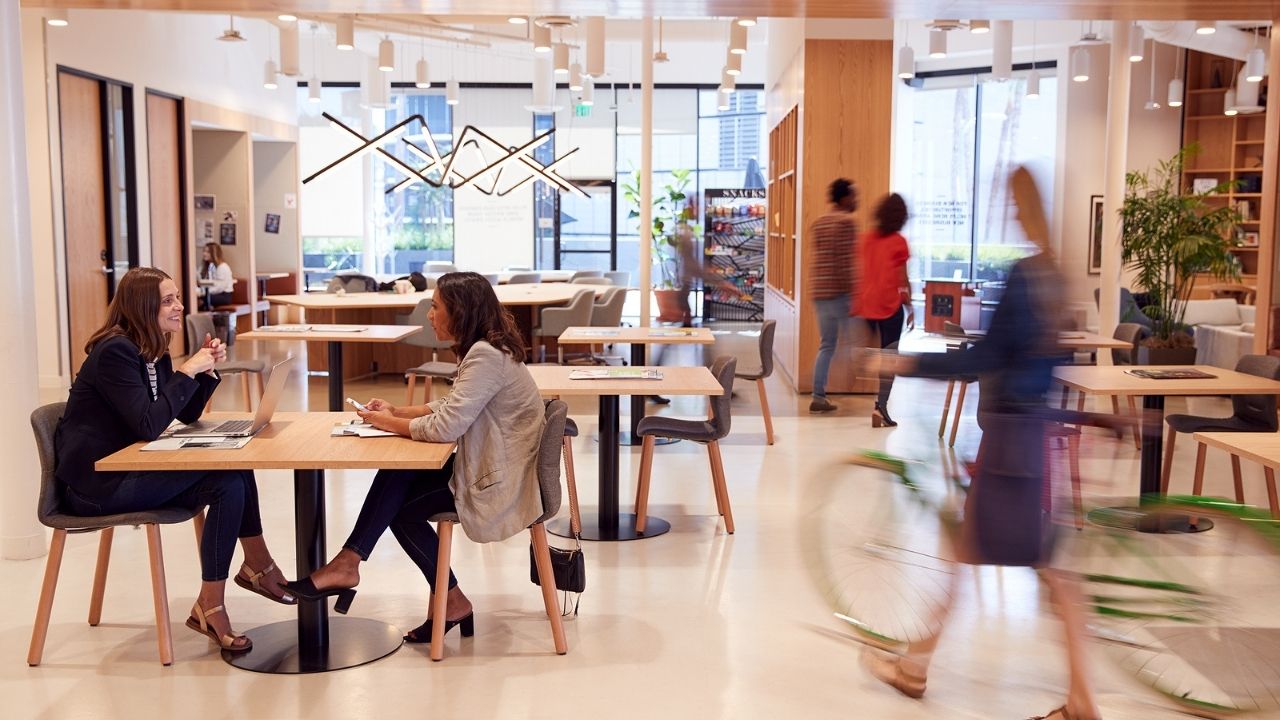The office has undoubtedly changed for good. Two years after hunkering down, employees are expecting more from their workplace, and leaders are attempting to deliver.
Prior to the pandemic, offices were on either side of the spectrum from cubicles to fully open floor plans. However, the era of isolation has taught workers that having a variety of workspaces accommodates all work styles, ensuring they can perform based on their needs at the time.
To create the ideal office, leaders will need to identify why employees want to come into the workplace to begin with.
“Some people want to come to the office for collaboration, social contact, and a sense of belonging while others want some kind of boundary from the home,” Brad Golden, customer success manager at VergeSense. “The purpose of the office has to be looked at differently.”
VergeSense offers technology to companies to help them identify how their space is being used, collecting occupancy data from conference rooms, different floors, individual desks, and more. By doing so, building owners and company leaders can gain insight into space usage and workers’ routines.
The company noted increased interest in phone booths, which provide a flexible, private space within a larger area that can usually be occupied by just one person.
Golden added companies have also inquired about “neighborhoods,” which are offices that include a variation of workstations that address all work needs, including private nooks, conference rooms, and open areas for collaboration.
Coworking facilities have also noted an uptick in interest as more companies embrace a hybrid model and look for flexible workspaces closer to where employees live.
“We felt like coworking was the wave of the future in 2019, but we thought it was probably seven or eight years out,” said Michael White, president of Venture X. “We are now where we thought we would be five years from now.”


 Dr. Gleb Tsipursky – The Office Whisperer
Dr. Gleb Tsipursky – The Office Whisperer Nirit Cohen – WorkFutures
Nirit Cohen – WorkFutures Angela Howard – Culture Expert
Angela Howard – Culture Expert Drew Jones – Design & Innovation
Drew Jones – Design & Innovation Jonathan Price – CRE & Flex Expert
Jonathan Price – CRE & Flex Expert













